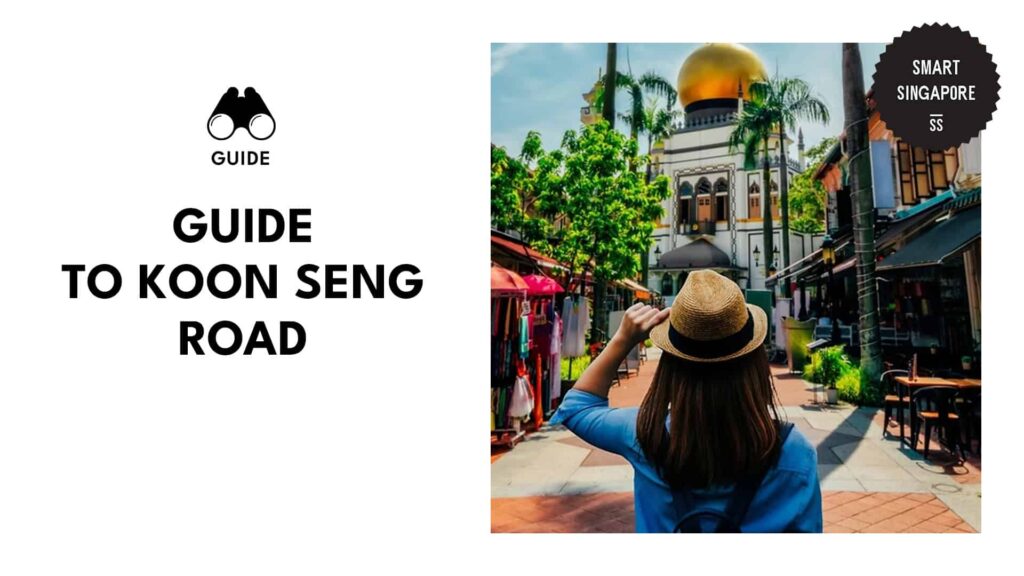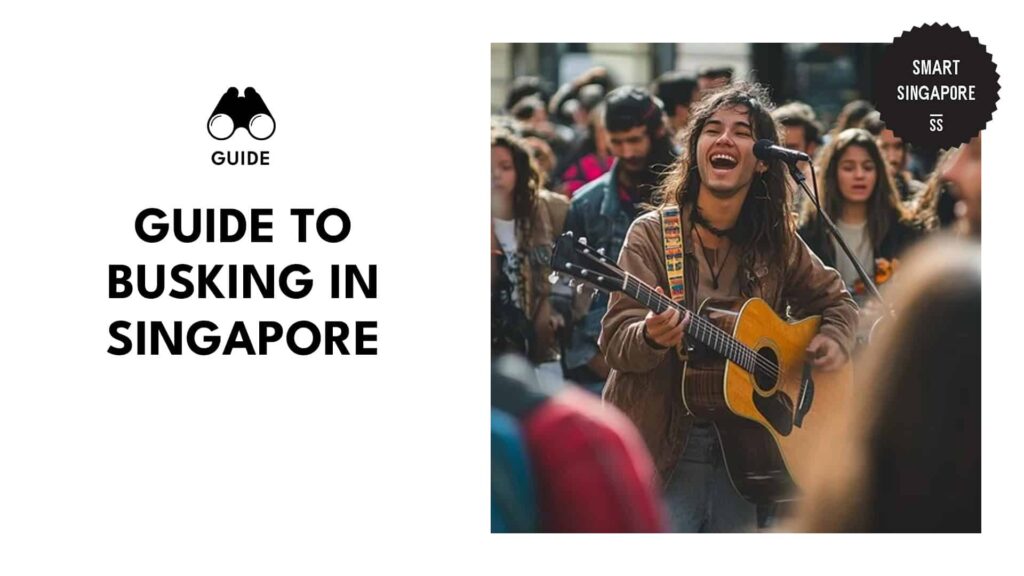Categories > Guides and Tips
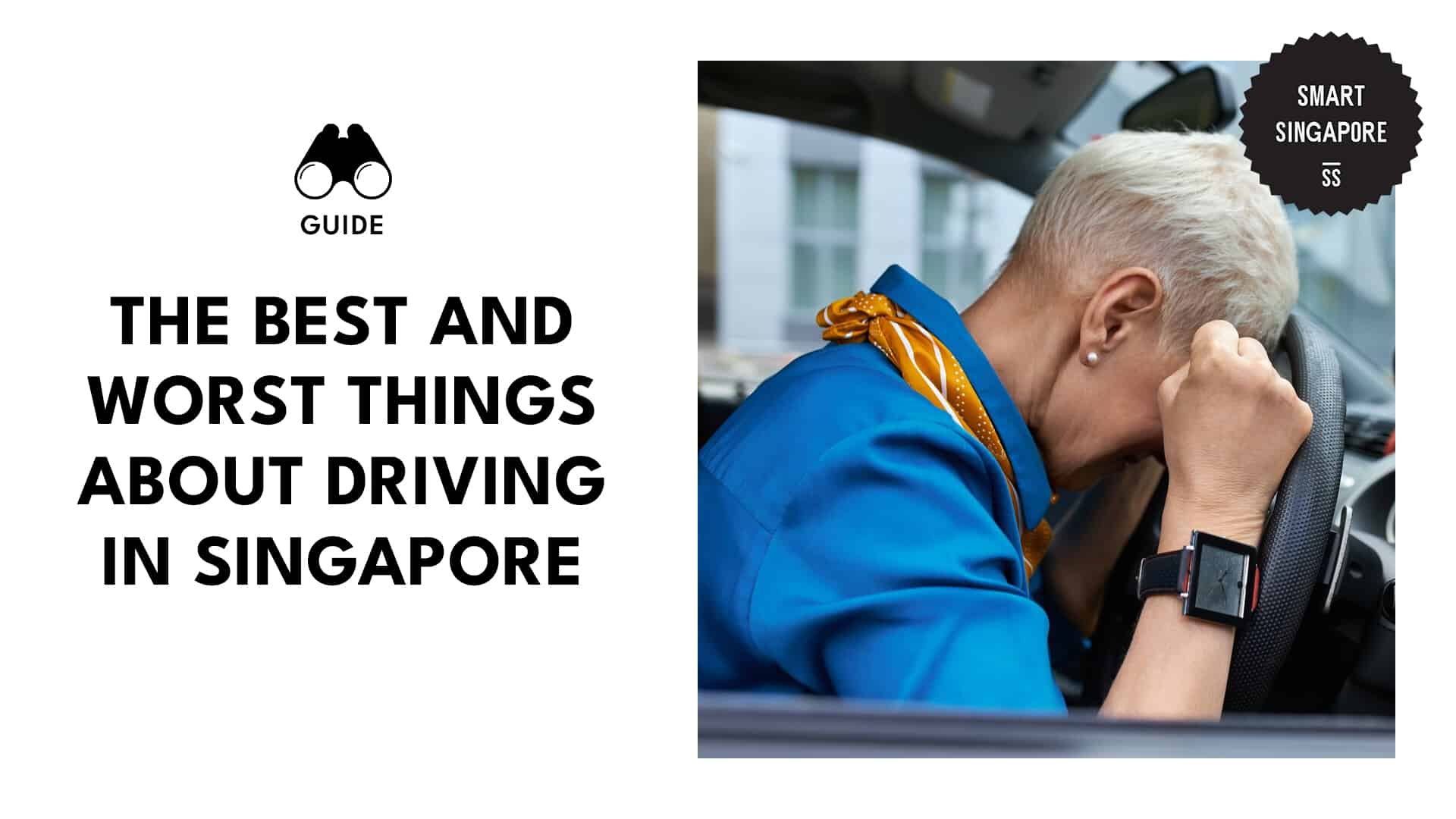
The Best and Worst Things About Driving in Singapore
- The Best Things About Driving in Singapore
- An automated system manages congestion
- Driving is less stressful here
- It’s safe to drive in Singapore
- Singapore roads are easy to navigate
- Road signs are prominent
- The Worst Things About Driving in Singapore
- Singapore car ownership is expensive
- Some Singaporean drivers have attitude
- Do’s and Don’t’s of Singapore Driving
- Dos
- Don’ts
- Safe Driving Tips in Singapore
You could also say that traffic laws at Singapore are super strict. They’re enforced big time with tonnes of cameras and hefty fines!
If you’re curious about what it’s like driving on the island, we’re sharing what locals find the best and worst things about driving in Singapore. Let’s cruise through them together, shall we?
The Best Things About Driving in Singapore
An automated system manages congestion
Driving in Singapore means relying on an automated system to manage congestion in Singapore.
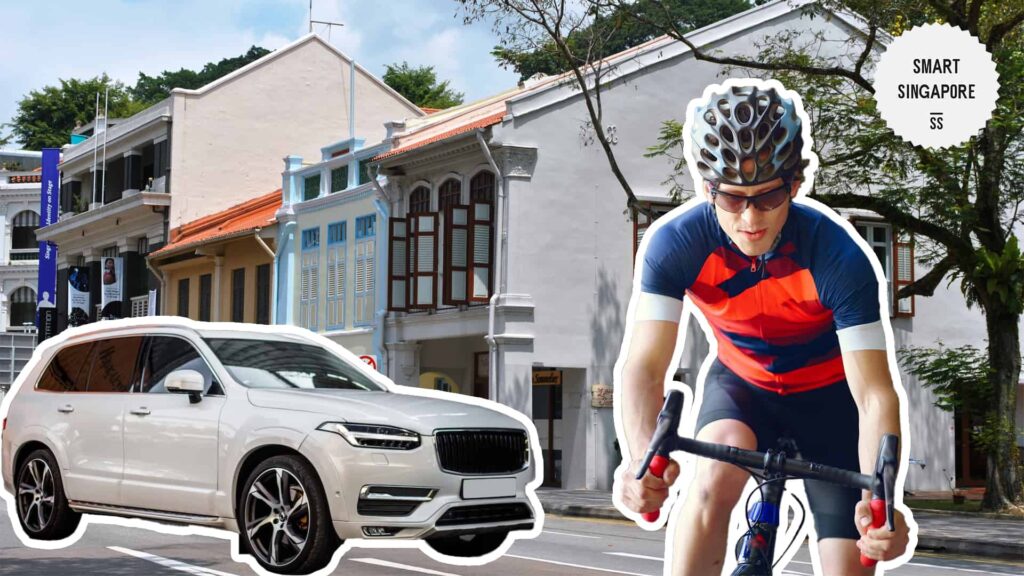
Singapore pioneered congestion pricing with the Area Licensing Scheme (ALS) in 1975, evolving it into the current Electronic Road Pricing (ERP) system. The ERP automatically charges drivers for using busy roads during peak hours.
The right lane is only for overtaking
In Singapore, drivers drive on the left side of the road. The right lane is for overtaking, so remember to keep left when not passing.
Keep your eyes peeled for unmarked police checkpoints during your drive. Officers may signal you to stop for safety reasons, so staying vigilant is a must.
Driving is less stressful here
Driving in Singapore is less stressful than driving in London, New York, Hong Kong, or Tokyo, so nervous drivers needn’t worry much.
Driving in Singapore requires adherence to traffic regulations, with the legal driving age set at 18 years old. However, accumulating 13 or more demerit points within a year due to reckless driving or violations can result in license revocation.
It’s safe to drive in Singapore
From 2019 to 2020, Singapore saw a notable drop in its road traffic fatality rate. Common causes of accidents include alcohol consumption, traffic light violations, and distracted driving, like using phones or GPS while driving.
Don’t fret because Singaporean drivers are generally safe and skilled, even if driving on the left side of the road is the norm here.
Singapore roads are easy to navigate
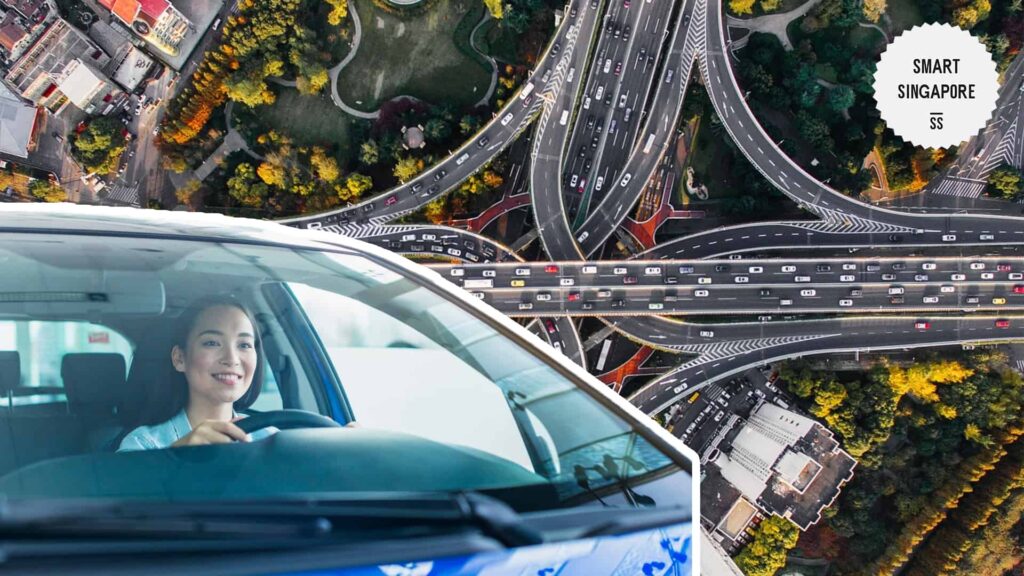
In Singapore, smooth roads and efficient traffic make driving a breeze. With strict enforcement and well-connected streets, navigating is a cinch here compared to other Southeast Asian countries.
Plus, if you hit a snag, top-notch roadside assistance has you covered 24/7, rain or shine. There are reliable towing services in Singapore, as well.
However, The Land Transportation Authority recorded 1,123 potholes in January and February 2023, up from 838 potholes in the same period the previous year. During the monsoon season, this can increase from 800 to 1,000.
Road signs are prominent
Road signs in Singapore are primarily in English, but they also use Malay, Chinese, and Tamil in key areas. They’re well-placed and easy to spot.
Singaporean road signs provide information on speed limits, turns, and hazards. Warning signs, often triangular, signal potential dangers ahead to aid drivers in taking necessary actions.
The Worst Things About Driving in Singapore
Singapore car ownership is expensive
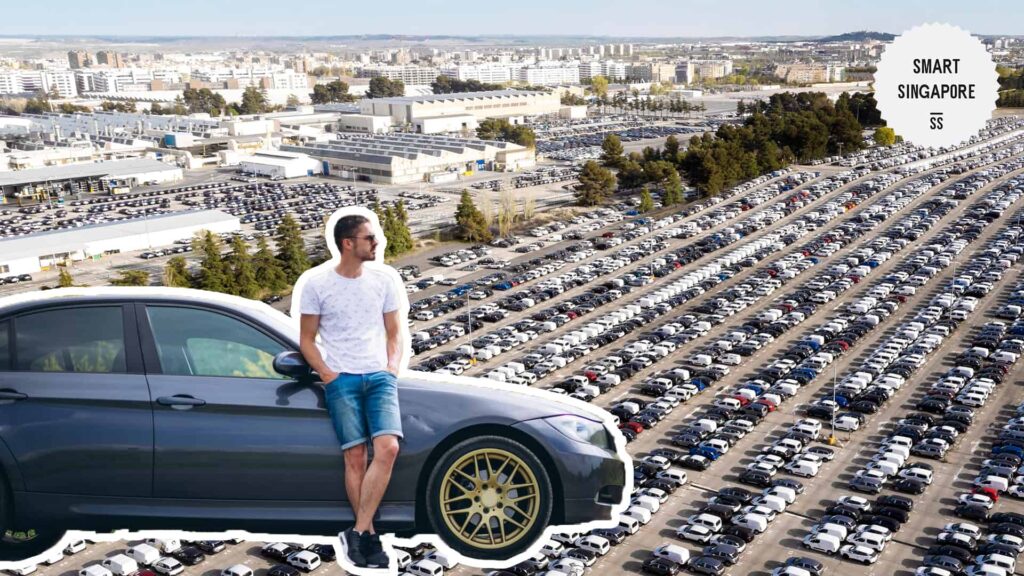
Having a car in Singapore isn’t for the faint of heart (and bank account). It’s considered such a luxury that Business Insider crowned Singapore as the world’s priciest place to buy a car.
You might think it’s a bit over the top, but there’s a method to the madness. The government is making cars pricey on purpose to ease traffic and save space by cutting down on the need for parking lots.
The bottom line is that owning a car here is one of the worst things about living in Singapore. Even its maintenance requires considerable financing (Smartwealth statistics):
| Car Maintenance | Monthly Cost on Average |
| Car insurance | S$85 to S$125 |
| Road tax | S$85 to S$90 |
| Parking | S$130 |
| Oil change | S$50 to S$100 |
| Petrol | S$320 |
Some Singaporean drivers have attitude
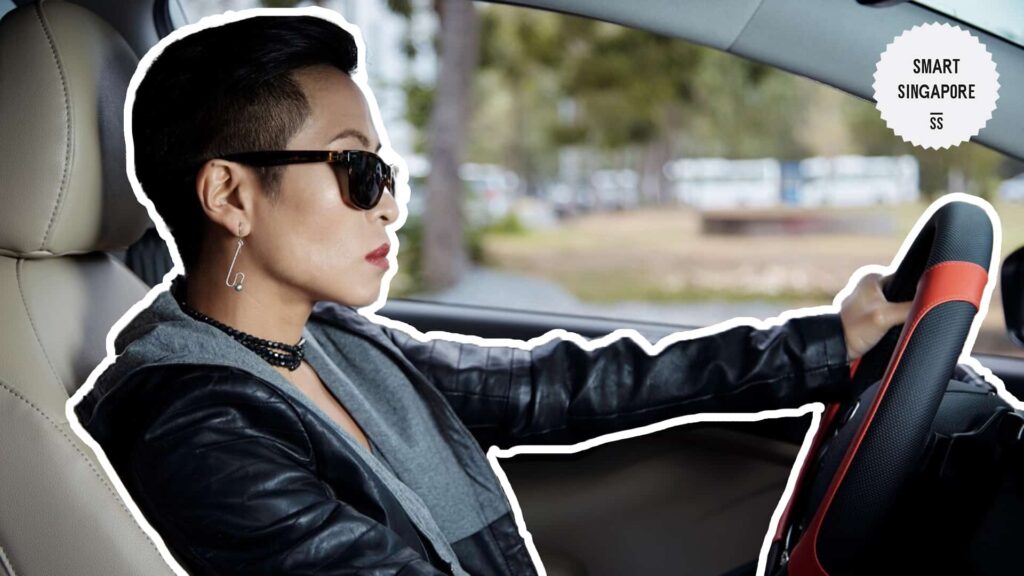
Since its inception in 2008 at Marina Bay Sands, the nighttime Grand Prix has captivated drivers. Over a decade later, some Singaporean drivers still seem to think they’re in the midst of that exhilarating race!
Reckless driving occurs globally, including in Singapore. Due to smooth traffic flow, some Singaporean drivers may display impatience and even display rude gestures or words.
But are Singaporeans the world’s worst drivers? Far from it.
A recent survey by UK price comparison site Compare The Market ranked Singapore ninth for the world’s best drivers.
Do’s and Don’t’s of Singapore Driving
Dos
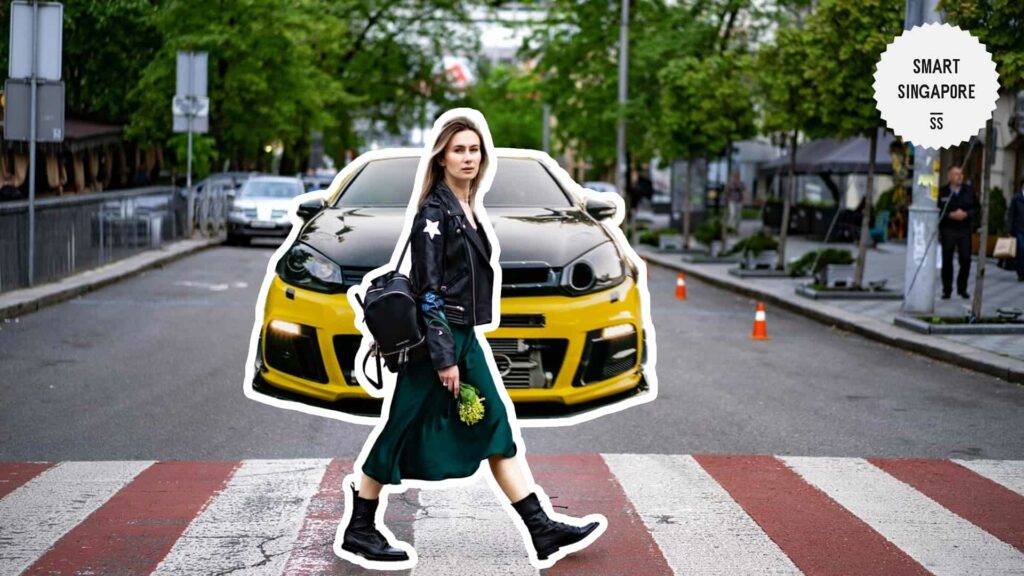
✔ Respect emergency vehicles – Yield to emergency vehicles with flashing lights and sirens. Always give them the right of way to respond to emergencies quickly.
✔ Use your headlights – Use headlights when driving in low visibility conditions, such as rain or fog, to increase visibility to other road users.
✔ Keep left – Drive on the left side of the road and keep to the left lane if you’re not overtaking. Doing this allows faster-moving vehicles to pass on the right.
✔ Use your indicators – Signal your intentions by using turn signals when changing lanes, merging, or making turns to alert other road users.
✔ Stay informed – Stay updated on road conditions, traffic updates, and any changes in regulations to ensure a smooth and safe driving experience.
Don’ts
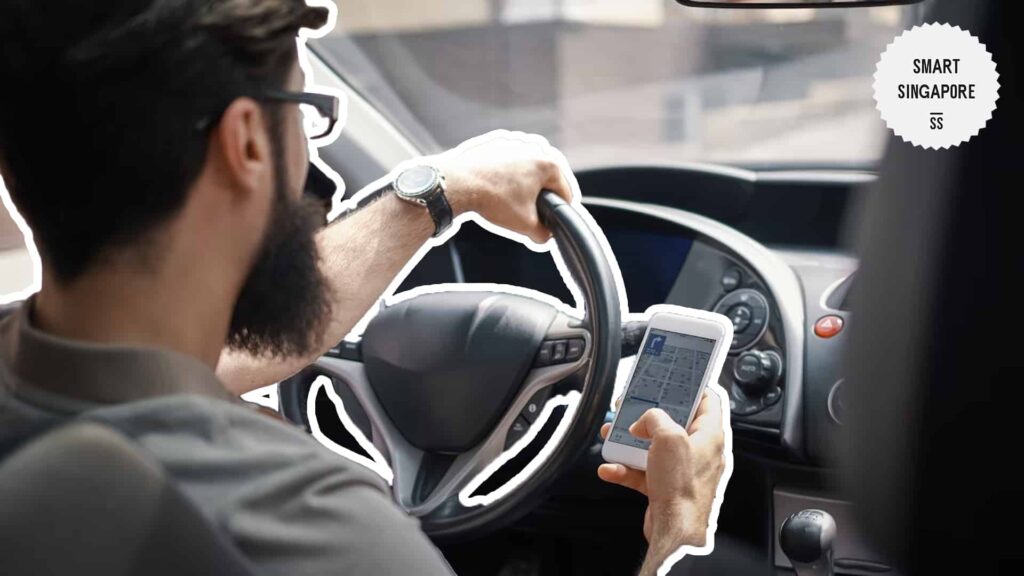
✖ Don’t drink and drive – Never drive under the influence of alcohol or drugs, as it impairs your judgment and reaction time, increasing the risk of accidents.
✖ Don’t use mobile phones while driving – Avoid using mobile phones or other electronic devices while driving, as it distracts you from the road and can lead to accidents.
✖ Don’t block intersections – Avoid entering an intersection if you cannot clear it completely, as it obstructs traffic and causes congestion.
✖ Don’t change lanes erratically – Signal your intentions and check your blind spots before changing lanes to avoid cutting off other drivers or causing accidents.
✖ Don’t speed – Adhere to speed limits and avoid speeding, as it poses a danger to yourself and other road users. In Singapore, the speed limit is generally 50 kilometres per hour, unless otherwise indicated.
Safe Driving Tips in Singapore
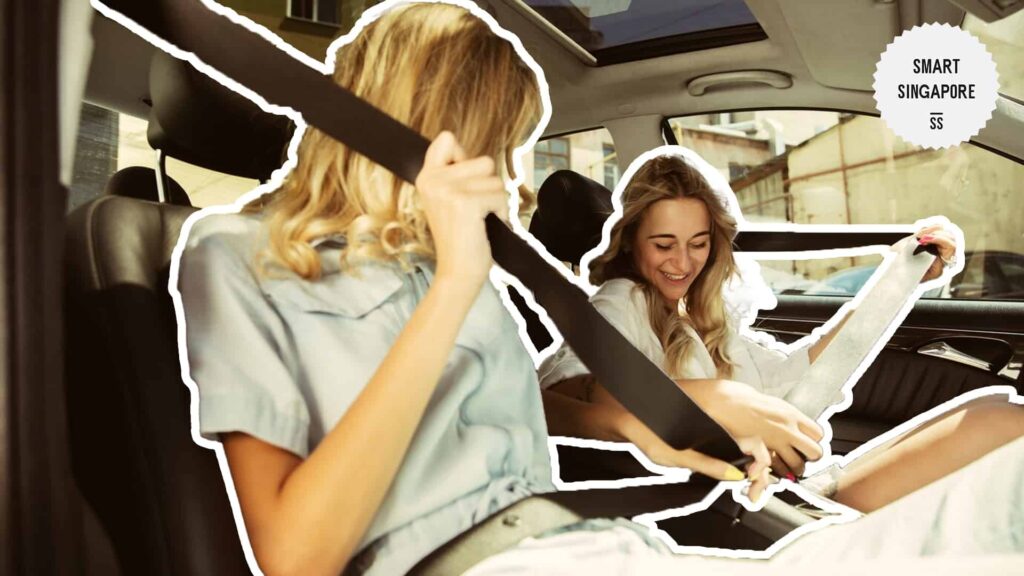
- Be aware of ERP gantries – Familiarise yourself with ERP gantries to avoid unexpected charges for using congested roads during peak hours.
- Plan your route – Stay informed about road closures and construction to plan smooth, timely journeys, utilizing navigation apps to avoid congested areas or closures.
- Watch out for cyclists – Give cyclists ample space and be mindful of designated cycling routes and lanes, while also using indicators when turning or changing lanes to signal intentions and prevent accidents.
- Be mindful of pedestrians – Yield to pedestrians at crossings, especially in areas with heavy foot traffic.
- Follow traffic rules – Strictly monitor your speed, obey traffic lights, and observe road signs for a safe and legal journey.
- Keep a safe distance – Maintain a safe following distance from the vehicle in front, adhering to the “three-second rule” recommended by experts.
- Stay alert – Stay focused on the road, being vigilant of vehicles, pedestrians, and cyclists, particularly in busy areas. Distractions like mobile phones or passengers can impair reaction times.
- Buckle up – Ensure all occupants wear seat belts properly for their safety, including both front and rear passengers to prevent ejection or injuries during a crash.
